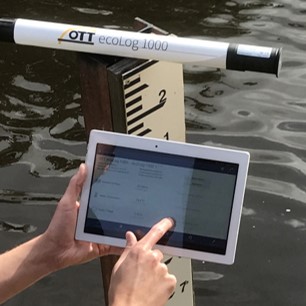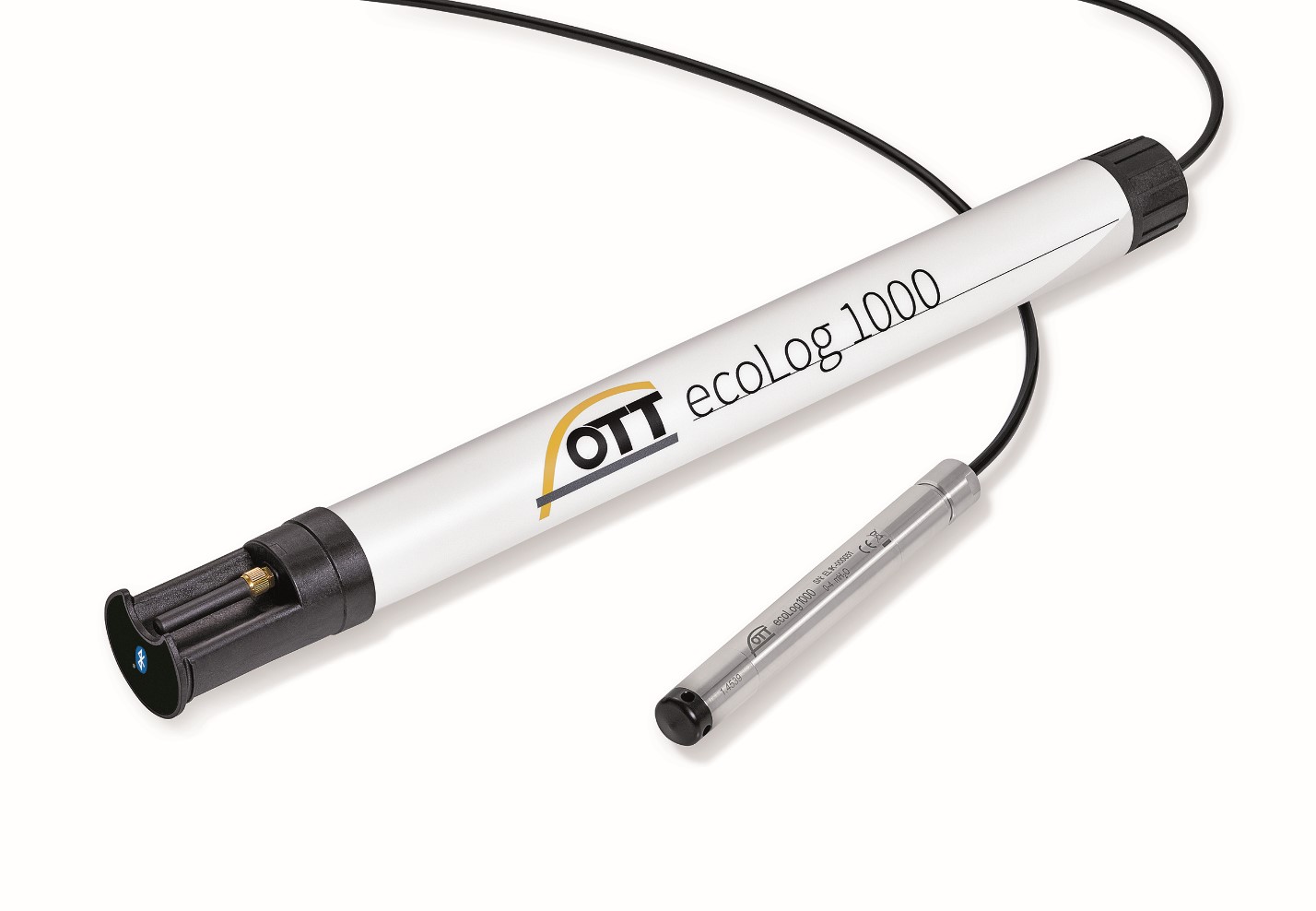We know first-hand that water resource management means navigating a sea of numerous solutions and best use applications. And, one of the biggest challenges that many hydrology professionals face is determining the correct monitoring technology for their biggest data needs.
If you’re in the market for a new monitoring tool or already the proud user of an OTT ecoLog 1000, we’re here to lift the veil of uncertainty and shed light on the latest features by answering your burning questions thanks to our team of experts.

The device can measure five parameters:
- Water level – by pressure measurement and displays depth and water level
- Temperature
- Meter Data – voltage of the battery, power consumption
- Humidity
- Process Value
Learn more about the functionality and benefits of the OTT ecoLog 1000 in our product brochure.
The idea behind transmission technology is to push the data, that means that the data logger has a self-time transmission to a server, so the data is not pulled, but it’s pushed. The advantage of this is that the logger can do this on its own, you don’t need to have the modem on all the time or wait for someone to pull the data. By pushing it, it saves time, battery power, and energy, and with the action and alarm management, it’s possible to adjust, for example, the transmission interval from maybe once per day to two times a day.
View an in-depth technical FAQ on the OTT ecoLog 1000.
It is possible. The ecoLog 1000 is a so-called IP client and connects to a server. The server can be placed on command to change configurations (example: changing from hourly measurement intervals to every 30 minutes). This can also be done when launching a new firmware with a new feature. The device will automatically update its firmware after a command is placed through the server.
Learn more about two-way communication software in our field sensor to software guide.
When/If purchasing the OTT ecoLog 1000, cable lengths can be tailored to your needs. If you need to shorten, the device can be opened (the same way you would a SIM card or battery exchange) and inside there are cage clamps where the cable can be removed, cut, stripped, and placed back into the clamps with the strain relief.
The OTT ecoLog 1000 is intended for cell communication only and does not support satellite transmission.
The longevity can depend heavily on the application. We estimate in our manuals 12-24 months of life before needing a replacement. In this model, there are two desiccants – one for the housing and one for the venting tube. If the device is being used in an application or environment where it’s very humid, or low circulating air flow, it may be required to replace a desiccant earlier versus if using the device for standard groundwater applications. As a guideline, what has been observed is that standard groundwater measurement sites (in a pipe or tube) the 12-24-month timeframe works perfectly.
When reading water depth in a positive down situation (reading will be larger the deeper you go), if the reference is set to ‘zero’ when installing the sensor, a negative value will occur.
Very easily. The OTT ecoLog 1000 sends the data to an AQUARIUS FTP server in a .CSV file. From there, the software can collect the data and visualize. Collected data can be configured to send information up to four different servers, allowing your data to be available in various locations.
For more insights, watch our full panel discussion with our experts today!
You can find more info on the importance of groundwater as a precious resource in our groundwater guide:



